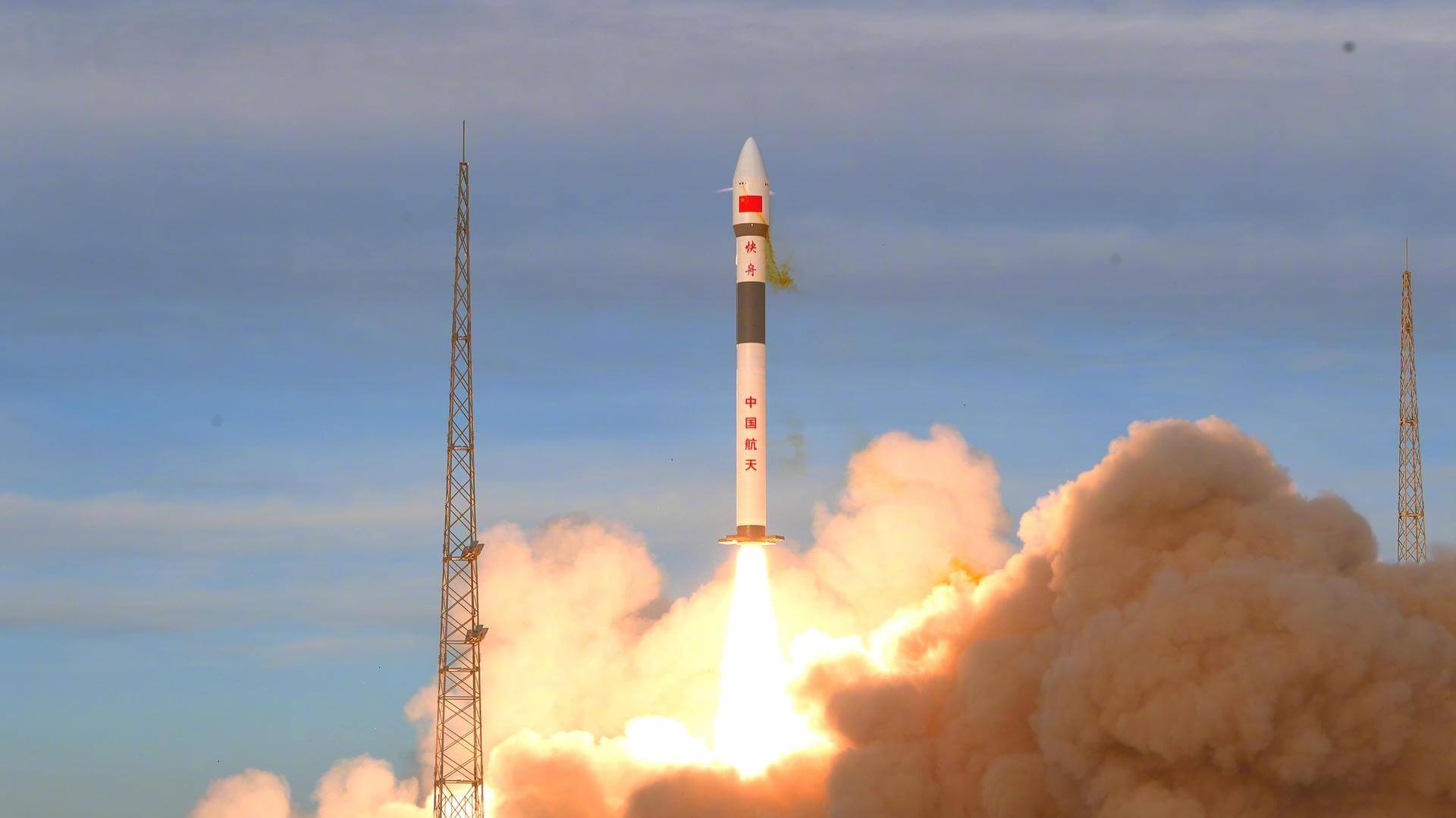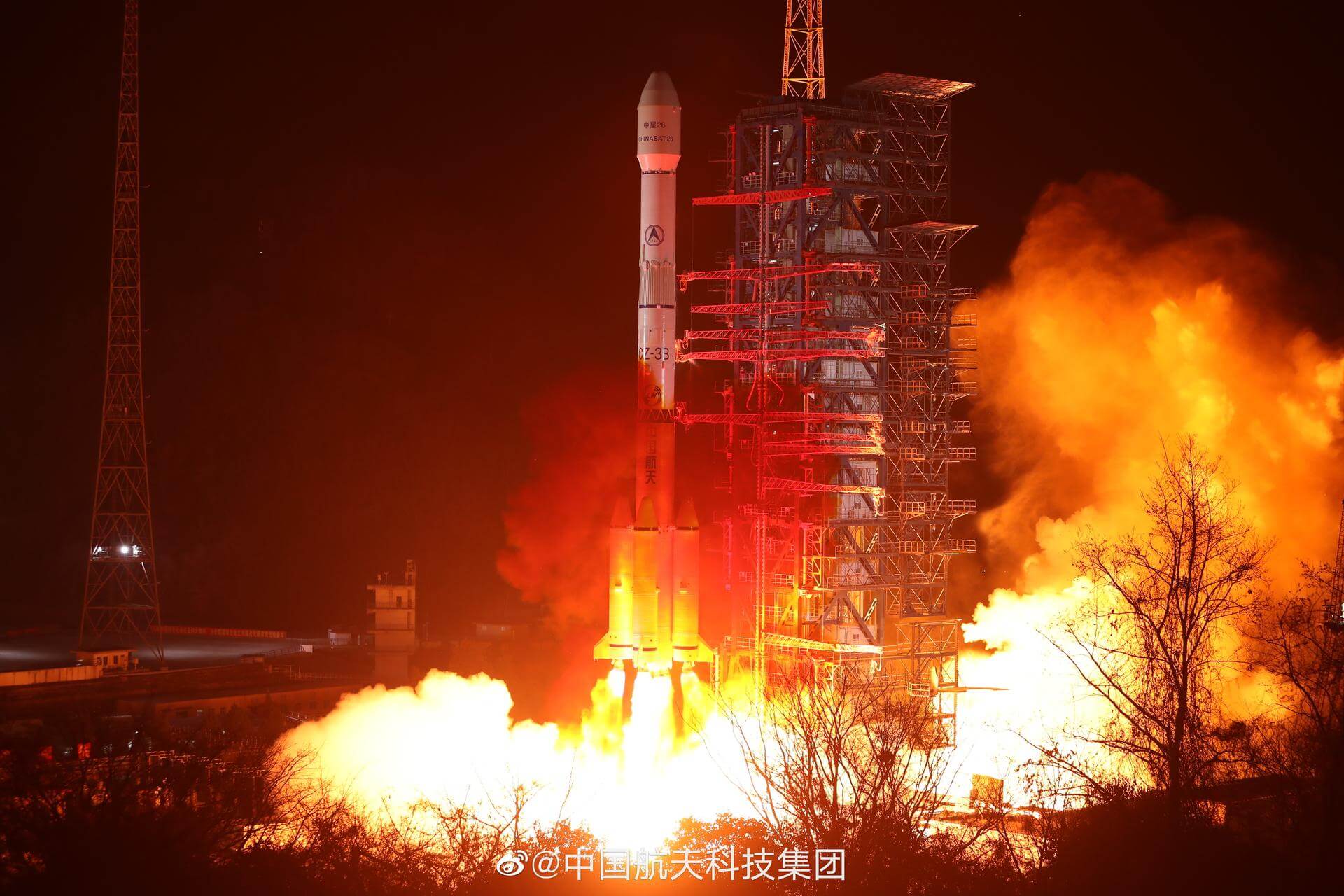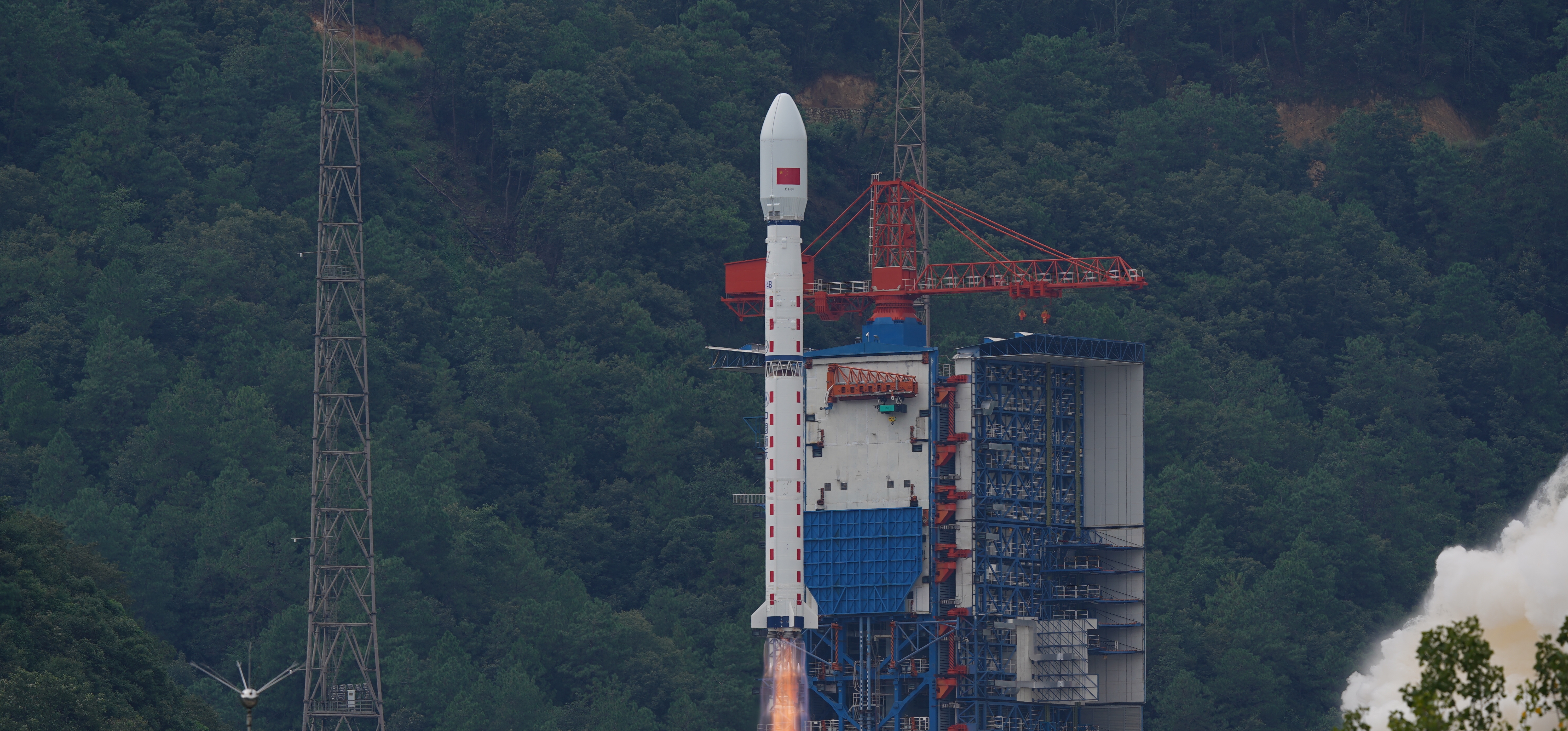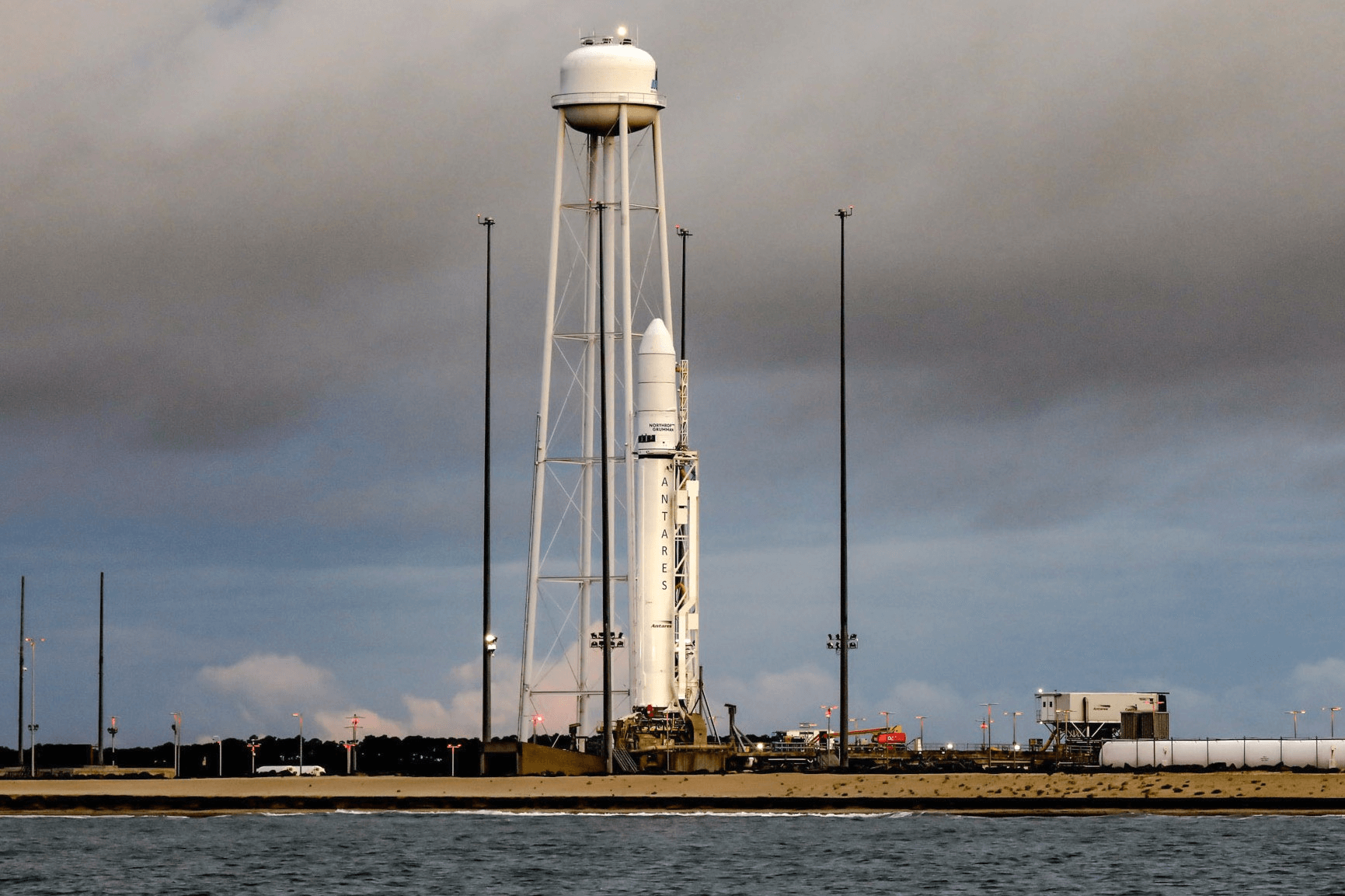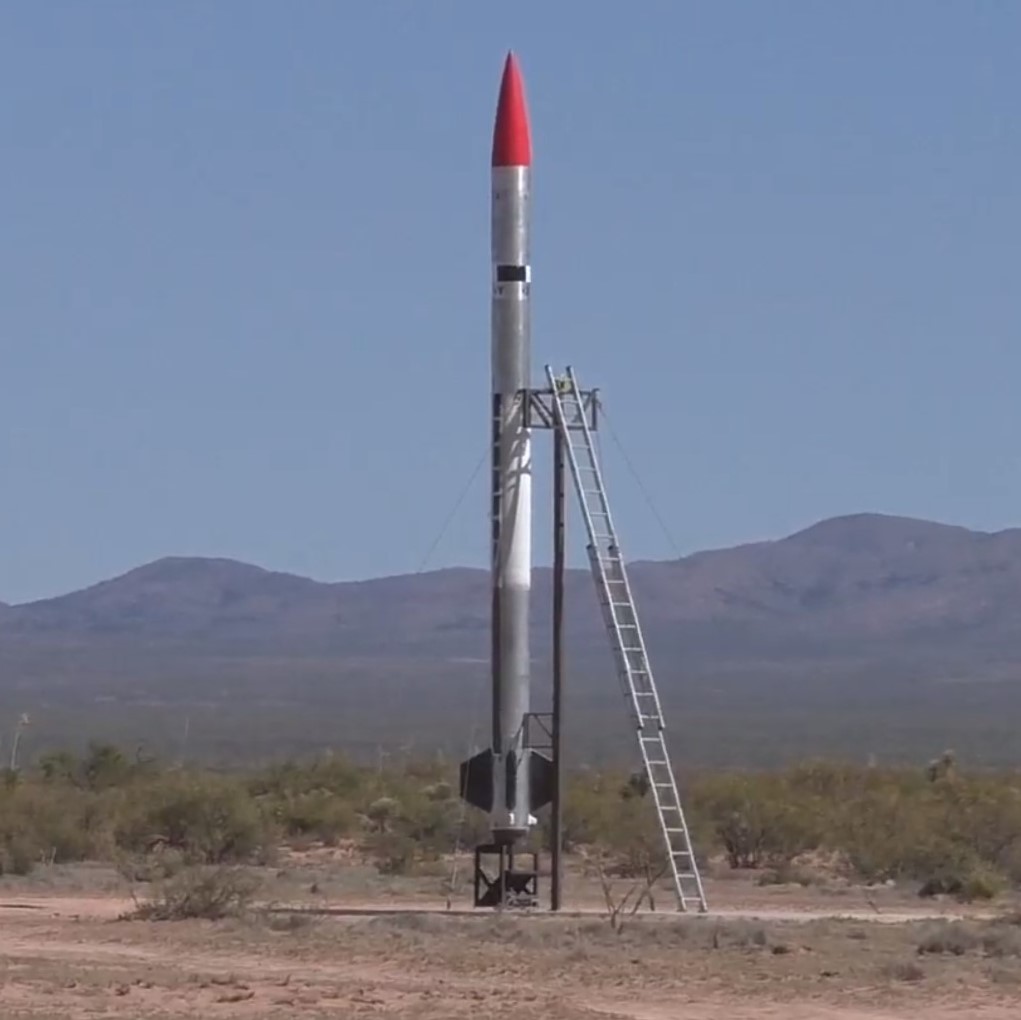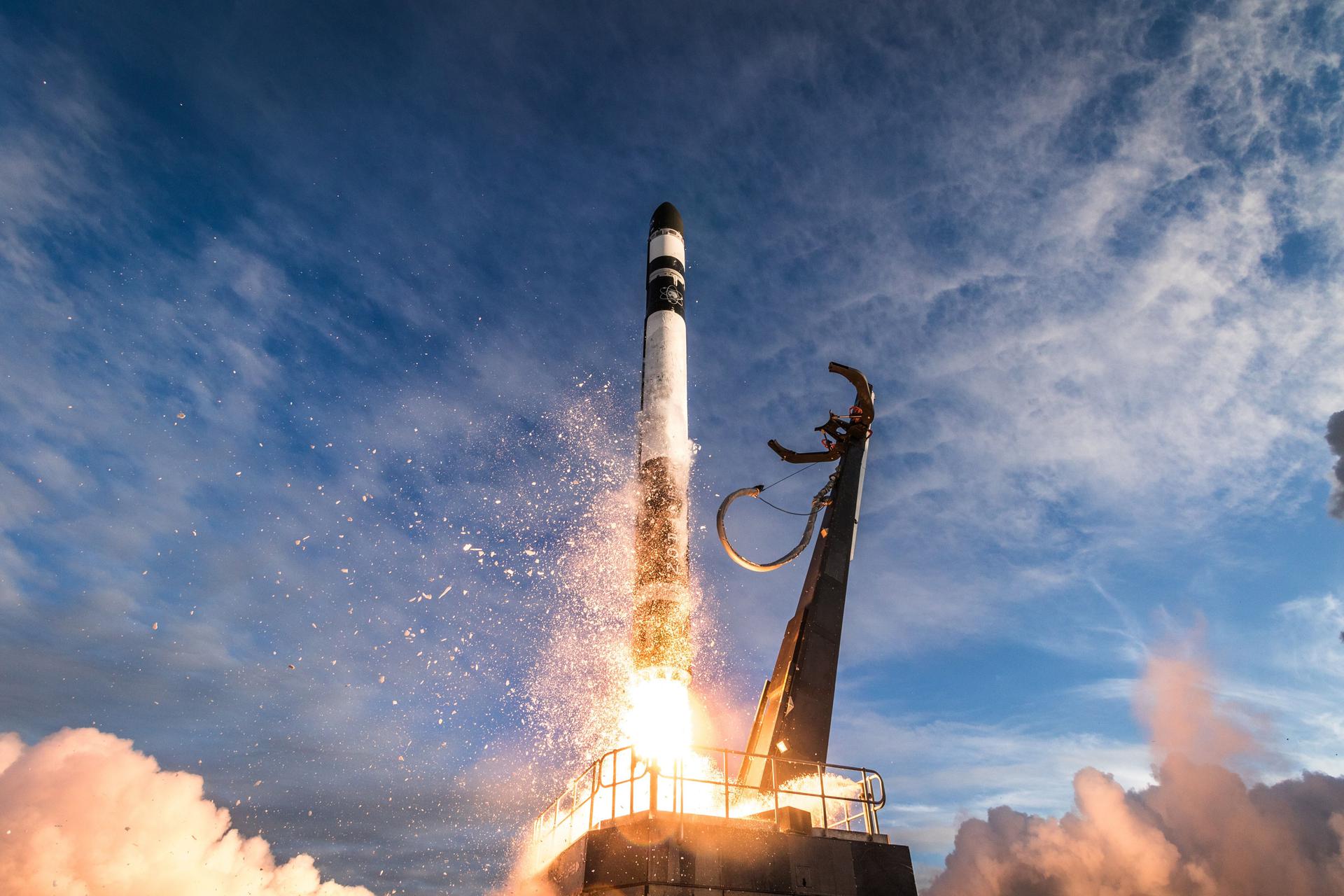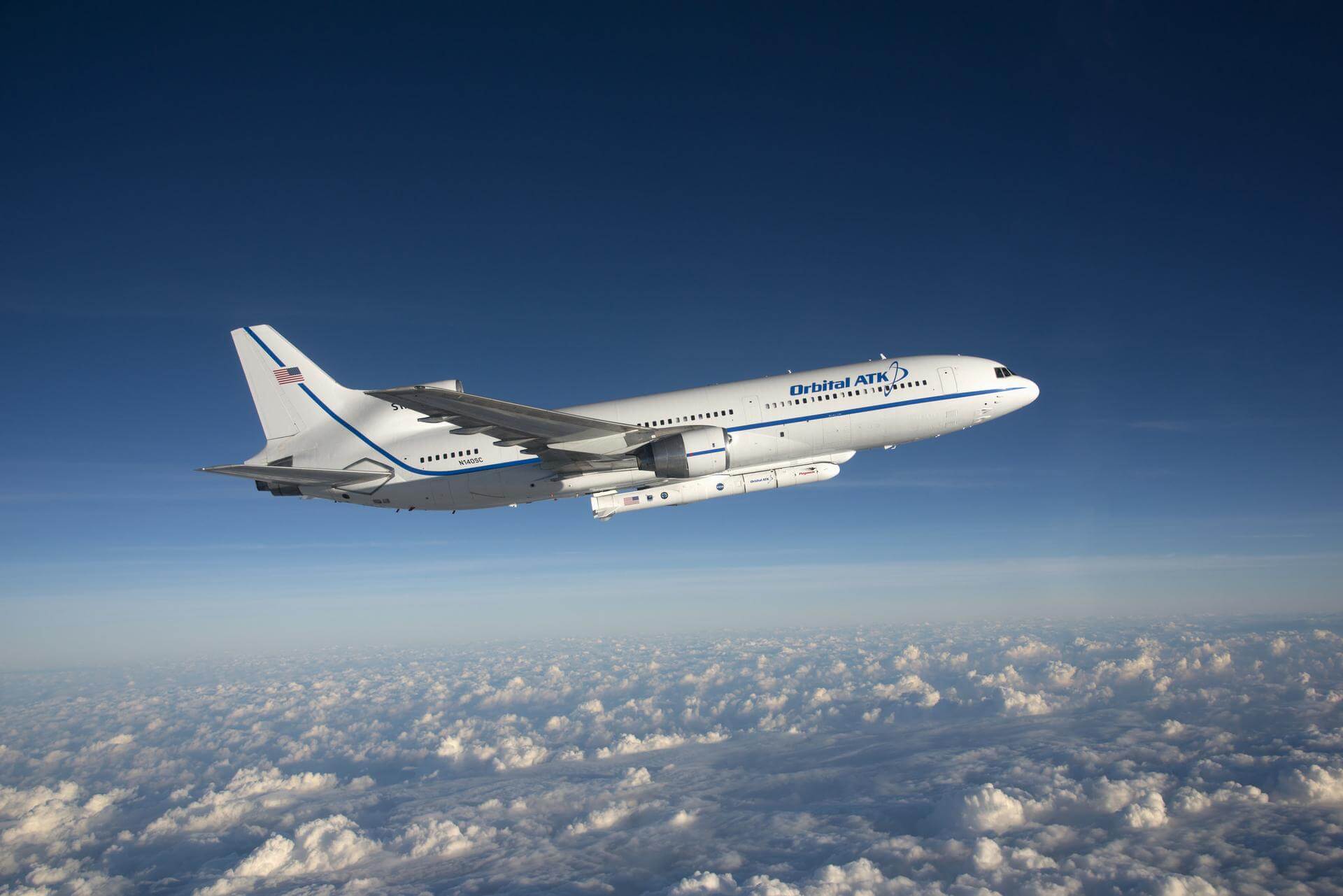Previous Spaceflight Launches
Filter by Agency, Locations or Vehicles
Show All LaunchesKuaizhou 1A | Jilin-1-02A
ExPace | ChinaJiuquan Satellite Launch Center, People's Republic of China
Nov. 13, 2019, 3:40 a.m.
Falcon 9 Block 5 | Starlink 1
SpaceX | United States of AmericaCape Canaveral SFS, FL, USA
Nov. 11, 2019, 2:56 p.m.
Status: Launch Successful
Mission:
A batch of 60 satellites for Starlink mega-constellation - SpaceX's project for space-based Internet communication system. Since the demo launch of Starlink satellites, SpaceX has increased spectrum capacity for the end-user through upgrades in design that maximize the use of both Ka and Ku bands. Additionally, components of each satellite are 100% destructible and will quickly burn up in Earth’s atmosphere at the end of their life cycle.
Low Earth Orbit B1048 - Flight Proven ( ) Of Course I Still Love YouLong March 3B/E | Beidou-3 IGSO-3
China Aerospace Science and Technology Corporation | ChinaXichang Satellite Launch Center, People's Republic of China
Nov. 4, 2019, 5:43 p.m.
Long March 4B | Gaofen-7 & others
China Aerospace Science and Technology Corporation | ChinaTaiyuan Satellite Launch Center, People's Republic of China
Nov. 3, 2019, 3:22 a.m.
Status: Launch Successful
Mission:
Gaofen is a series of civilian Earth observation satellites developed and launched for the China High-definition Earth Observation System (CHEOS), a state-sponsored programme aimed to develop a near-real time, all-weather, global surveillance network consisting of satellite, near-space (stratosphere) airships, and aerial observation platforms.
Antares 230+ | Cygnus CRS-2 NG-12 (S.S. Alan Bean)
Northrop Grumman Space Systems | United States of AmericaWallops Flight Facility, Virginia, USA
Nov. 2, 2019, 1:59 p.m.
SARGE | Launch 4
EXOS Aerospace | United States of AmericaSpaceport America, NM, USA
Oct. 26, 2019, 5:40 p.m.
Long March 3B/E | TJS-4 (TJSW-4)
China Aerospace Science and Technology Corporation | ChinaXichang Satellite Launch Center, People's Republic of China
Oct. 17, 2019, 3:21 p.m.
Electron | As The Crow Flies (Palisade)
Rocket Lab | United States of AmericaRocket Lab Launch Complex 1, Mahia Peninsula, New Zealand
Oct. 17, 2019, 1:22 a.m.
Status: Launch Successful
Mission:
Encapsulated in Electron's fairing will be a single spacecraft for Astro Digital, a California-based satellite manufacturer and operator. The Landmapper-BC remote sensing satellite features a broad coverage multispectral imaging system with a resolution of 22 meters per pixel. Eventually, Astro Digital plans to extend the Landmapper-BC constellation to capture daily, multispectral imagery of the world’s arable land. The mission is named 'As The Crow Flies' in a nod to Astro Digital's Corvus Platform, which provides flexible and cost-effective solutions across a wide range of applications and mission profiles on bus variants ranging from 6U and 16U CubeSats to ESPA Class. Corvus is also a widely-distributed genus of birds which includes crows.
Low Earth OrbitPegasus XL | Ionospheric Connection Explorer (ICON)
Orbital Sciences Corporation | United States of AmericaAir launch to orbit
Oct. 11, 2019, 2 a.m.
Proton-M/Briz-M | Eutelsat 5 West B & MEV-1
Khrunichev State Research and Production Space Center | RussiaBaikonur Cosmodrome, Republic of Kazakhstan
Oct. 9, 2019, 10:17 a.m.
Status: Launch Successful
Mission:
Eutelsat 5 West B will replace the Ku-band capacity of Eutelsat 5 West A (formerly Stellat 5) satellite, a key digital infrastructure addressing predominantly French, Italian and Algerian broadcast markets. Eutelsat 5 West B will provide business continuity and improved quality for these services via a Ku-band payload. The satellite is built on Orbital ATKs GEOStar-2e bus and carries 35 equivalent 36 MHz Ku-band transponders connected to three service areas. Switchable transponders will also increase commercial flexibility. Co-passenger on this flight will be provided Northrop Grumman Innovation Systems. MEV-1 (Mission Extension Vehicle-1) incorporates flight-proven technologies the company has used in its commercial satellite and space logistics businesses. After successfully completing a series of in-orbit tests, the MEV-1 will begin its mission extension service for Intelsat-901 satellite in the graveyard orbit. MEV-1 will relocate the satellite scheduled for the mission extension service, which is planned for a five-year period, after which Intelsat 901 will be place back into graveyard orbit. Intelsat will also have the option to service multiple satellites using the same MEV. MEV-1 is based on the company’s GEOStar-3 spacecraft bus platform. Controlled by the company’s satellite operations team, the MEV-1 uses a reliable, low-risk docking system that attaches to existing features on a customer’s satellite. The MEV-1 provides life-extending services by taking over the propulsion and attitude control functions. The vehicle has a 15-year design life with the ability to perform numerous dockings and undockings during its life span.
Geostationary Transfer Orbit